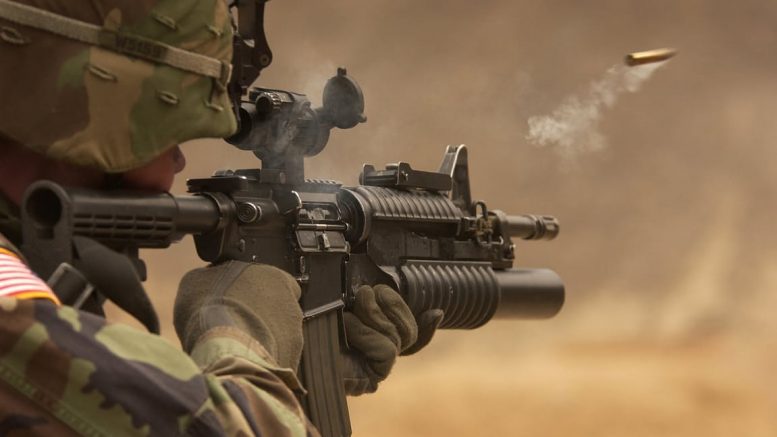The textile market is a global, universally utilized, ever fluctuating superpower. With infinite applications, innumerable types of textiles, and an endless need for innovation, the market is growing (after a low 2013-14) and projected to continue doing so. This can be attributed to new textile uses, new manufacturing methods, and an increased focus on personal protection garments. Military Textiles are the highest standard of personal protection textiles, and with the fields of textile development and science overlapping more, smart and more advanced military textiles are in high demand for universal armed forces. These textiles are a major player in textile market growth as global defense spending raises worldwide.
Although there are less troops overseas, the United States is at the forefront of new military textile development. Extensive research is being conducted in terms of both smart textiles and by modifying the way military textiles are manufactured. Solid performance of industrial textiles used by the military, such as in rafts, parts of aircrafts, etc. is also vital in the battlefield. Several partnerships between the military and US textile mills continue to produce goods to meet their needs (current demands seek field gear and uniform material for both arctic and jungle settings). For more market news, check out this article.
With the increased performance expectations of military personnel, the science behind textiles is changing to keep up. Nanotechnology and textiles, now two married concepts, are allowing us to create textiles that are capable of anything you could be exposed to in the field, including (but definitely not limited to): fire retardant, color/pattern changing to adapt to surroundings, muscle stimulation to enhance strength, and even self-charging using solar thread or solar panels integrated onto the garment. It seems futuristic, and it is: these nanotextiles, combined with body armor and ballistic tech, could make the field even safer for the military, while also lightening the load and making you stronger. The applications for these textiles are infinite, including tactical vests, military uniforms, futuristic textile or web-strap based exoskeleton suits, and even carrying cases for equipment during transport.
Manufacturers of mil-spec and military grade products, such as Fieldtex, are eager to see what new military textile developments are to come and how they can be integrated into new garments to enhance or make safer the in-field experience.

